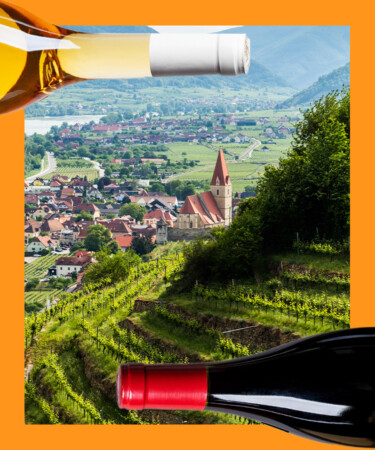If you haven’t noticed, there’s a growing trend toward leaner red wines that are less dominated by oak and high levels of alcohol. With that in mind, the red wines of Austria should be near the top of your list.
While Austrian reds are lighter in character and mouthfeel than many of their European and American counterparts, they are far from lightweights in terms of complexity and depth. If they don’t hit you over the head with their intensity, many are notable for their subtlety and nuance and refreshing acidity; they are wines to swirl and savor as they evolve from one sip to the next.
While Austria is best known for its white wines, especially Grüner Veltliner, which accounts for one-third of the country’s vineyards, the reds give us an intriguing look at other indigenous varieties, notably Blaufränkisch and Zweigelt, which are also now being grown in the U.S., perhaps most notably in New York’s cool-climate Finger Lakes region and Washington State where Blaufränkisch is also called Lemberger.
In her excellent reference, “The Wine Bible,” Karen MacNeil describes Blaufränkisch as “precise and sleek — spicy, herbal, and floral — all of this plus the flavors of delicious woodland berries and a sense of forestiness.” She notes its “grip and bite” and its ability to “splice through the meatiness of meat.”
Indeed, Austrian Blaufränkisch, while familiar to serious wine enthusiasts, deserves much broader recognition. While Blaufränkisch is Austria’s red star, Zweigelt is its workhorse and the most planted red variety. A cross between Blaufränkisch and the lesser-known St. Laurent grape, it’s a bit more straightforward and dark-fruit-driven, but also capable of producing memorable wines.
Today, many of Austria’s top red wines are made from grapes grown organically and biodynamically. In terms of geography, the long and relatively narrow Burgenland region, located in the east along the border with Hungary, is red wine country. And within Burgenland there are now several DACs, Austria’s answer to Italian DOCs (controlled designations of origin).
The DACs, from north to south, include Neusiedlersee (on the eastern side of Lake Neusiedl), Leithaberg (to the west of Lake Neusiedl), Mittelburgenland (Middle Burgenland), and Eisenberg. It’s useful to know these names because you’ll often see them on the labels, while other wines are simply marked “Burgenland.”
Within these appellations, the grapes (and the wines) are informed by a variety of soil types, including mica-schist, sand and gravel, limestone, and clay, some of it calcareous. With their strong sense of place, or terroir, the wines — many from small producers — have an authenticity that stands out.
Here are eight of the best Austrian red wines to try now:
Wieninger Wiener Trilogie 2018
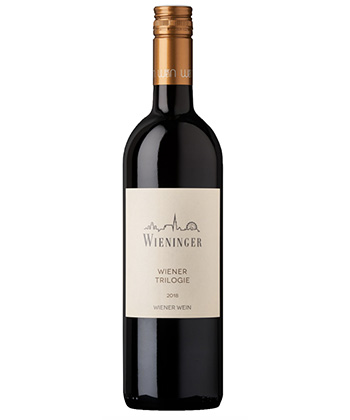
This excellent barrel-aged blend presents dark fruit flavors, mainly blackberry and black currant, and touches of raspberry, cedar, and earth. With smooth tannins, it drinks like an aged Bordeaux and is a great alternative to those Cabernet Sauvignon- and Merlot-based wines. In fact, Cabernet and Merlot make up 35 percent of the blend, with the rest Zweigelt. The importer, Vineyard Brands, notes that the Wiener Trilogie “is not a thick, fat New World wine – it delivers mouthfuls of drinking pleasure with lots of finesse and makes an ideal food companion.” I couldn’t agree more.
Price: $31
Buy This Wine
Wachter-Wiesler Blaufränkisch Eisenberg ‘Béla-Jóska’ 2020
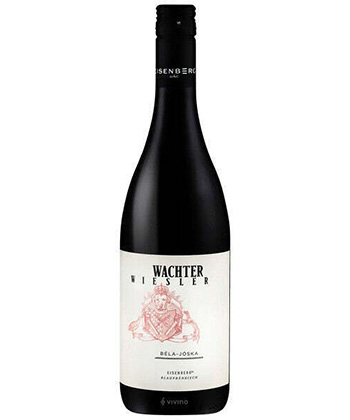
This classic Blaufränkisch is full of red fruit flavors — cherry, raspberry, red licorice — accented by cracked black pepper, earth and mineral notes, all supported by refreshing acidity. Aged in large barrels, the wood influence is minimal. Burgundian in feel but with more spice, it’s also a phenomenal value. (The wine is named after the family fathers, Béla Wachter and Jóska Wiesler.)
Price: $19
Buy This Wine
Claus Preisinger Zweigelt ‘Kieselstein’ 2021
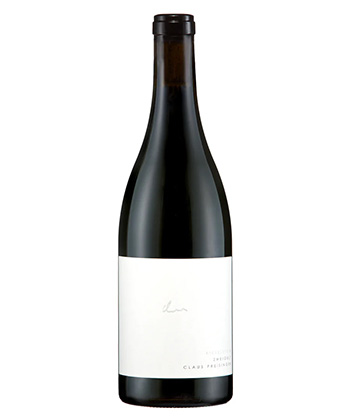
Concentrated dark fruit flavors are accented by hints of baking spices, herbs, and black pepper. There’s also a steely mineral note. Softly tannic, this fruit-forward wine reminded me of Beaujolais and would be great with a slight chill. “Kieselstein” refers to the pebbly soils of the vineyards.
Price: $22
Buy This Wine
Anita and Hans Nittnaus ‘Anita’ Red Blend 2018
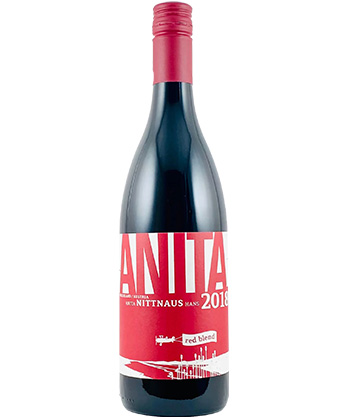
This fabulous blend — 65 percent Zweigelt, 15 percent Blaufränkisch, 15 percent St. Laurent, and 5 percent Merlot — shows black cherry and pomegranate notes with a touch of powdered cinnamon and lively acidity. It’s also a great-value wine that you’ll find yourself returning to again and again.
Price: $17
Buy This Wine
Anita and Hans Nittnaus Blaufränkisch ‘Kalk & Schiefer’ 2020
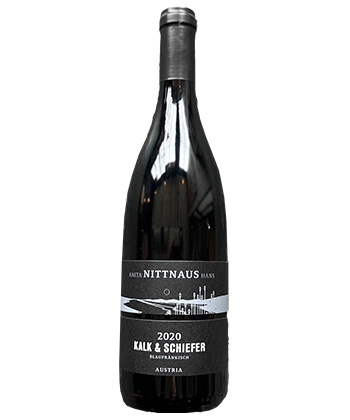
Nittnaus produces a range of single-variety Blaufränkisch wines, and this exceptional bottling from Burgenland shows the grape’s depth and complexity. Concentrated dark fruit notes are accented by touches of braised mushrooms, wet-stone minerality, baking spices, and tobacco that emerge as the wine opens up. It’s all supported by lively acidity that makes it almost effortless to drink. “Kalk & Schiefer” refers to the limestone and slate soils in which the grapes are grown. (Two of Nittnaus’s vineyard-designated Blaufränkisches are also notable: the 2019 “Lange Ohn” and the 2019 “Altenberg.”)
Price: $27
Buy This Wine
Erdenlied Zweigelt 2021
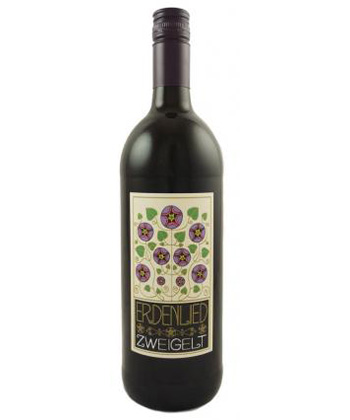
Soft, fruity — and delicious. This bargain Zweigelt from Niederösterreich (Lower Austria, which is actually in Austria’s northeast corner along the lower part of the Danube River), is a versatile, easy-drinking quaffer that comes in a liter bottle and shows red cherry, raspberry, blueberry and spice notes with a touch of black pepper. Chill it slightly and enjoy it with fish, pizza, or just about anything.
Price: $14
Buy This Wine
Paul Achs Zweigelt 2021
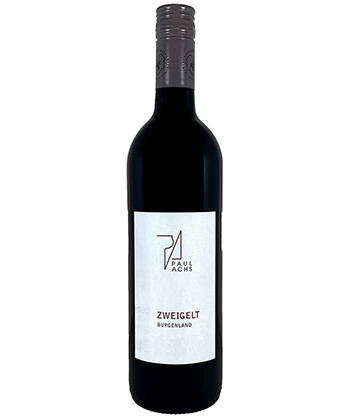
Concentrated dark fruit flavors, herbs, and a hint of white pepper are at the heart of this wine made from biodynamically grown grapes. The fruit is supported by supple tannins, minerals, and bright acidity. (Also worth trying is this winery’s elegant 2021 Blaufränkisch with its dark fruits and chalky minerality.)
Price: $24
Buy This Wine
Heinrich Blaufränkisch Leithaberg 2018
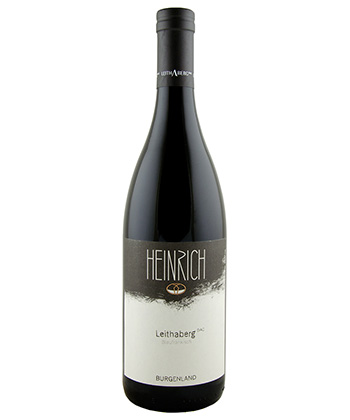
With its spiced dark and red fruit flavors, this wine from biodynamically grown grapes is notable for its structure and robust acidity. There’s a hint of pencil shavings on the nose and a touch of wood on the palate (the wine was aged in larger used oak barrels and amphorae). Heinrich’s website, by the way, is one of the more detailed and informative winery sites I have seen, packed with insights about the wines and the region.
Price: $30
Buy This Wine
